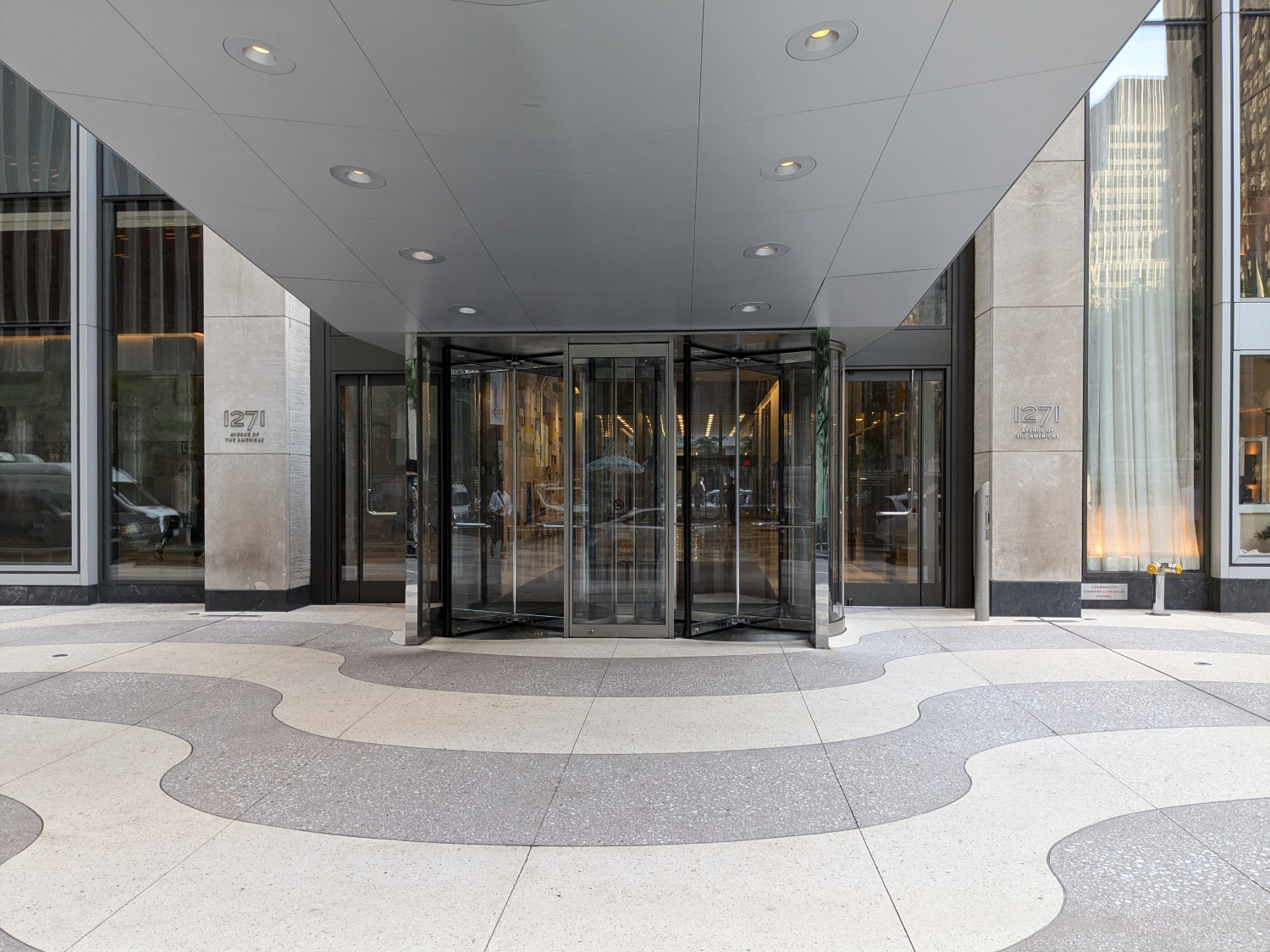Many companies sometimes find that their businesses seemingly have not changed dramatically since they last signed the lease for their current location. Their respective headcounts have not increased or contracted significantly, and their product lines are largely similar. So when the current lease begins to approach the expiration date, the most cost effective and least disruptive response seems to point to a renewal at their current location. Remaining in place with a new lease may appear to be the least complicated and most cost effective of the various alternatives. In fact, it might seem that engaging a commercial broker is redundant and more costly than doing the negotiations with the landlord themselves. In fact, the process for most business owners, with the intricacies of negotiating the optimal terms for your renewal, is best navigated with the assistance of a commercial real estate broker. By doing this, the tenant significantly ups its odds of renewing with much better terms than if they had simple asked the landlord to send a new lease in the mail.
The following information presents a step by step guideline for completing a lease renewal with the best terms.
Step 1: Assemble a Team of Real Estate Professionals:
The first step in the renewal process is to engage a commercial real estate broker. Remember, this action does not involve any cash outlay on your part. The broker’s job is to create a controlled auction for your tenancy. In order to create the most competitive process, your current landlord needs to believe that you have the option to relocate your facilities. Your broker should educate you on the relevant property market conditions by researching and presenting you with data on done deals and competitive spaces.
Your team should also include a project manager (PM). The PM’s job is to evaluate your current space and discuss with you how it can be improved. Research analysts will update you on economic conditions in your market that impact the supply of and the demand for space and provide statistics on the current and prospective availabilities of space, asking rents on this space, and information about recently completed lease transactions in your market and in the various competitive markets. Your team should also provide the services of a financial analyst or accountant. This person’s skill set allows her/him to document the various components of your current occupancy costs; including: base rent, building operating charges, and tax obligations that flow to your occupancy expense. It is also possible to provide estimates of what your prospective occupancy charges are likely to be at the current location. A good lease audit will also determine if you have been properly charged for these various expenses in the past.
Step 2: Perform the Financial Analysis of Your Current Situation
Your financial analyst will review your lease to determine your current obligation: What do you pay in base rent, electricity, taxes, common area maintenance fees, cleaning costs, parking costs, and other operating expenses and escalations. Also, the financial analyst and project manager can review the major clauses in the lease and provide abstract. The financial analyst also determines the real estate taxes, debt service, and building operating expenses that the landlord has to pay. The project manager will then hire an architect to determine exactly how much square feet you will need in your new space. The project manager should determine the efficiency of your space’s current layout and how to improve the quality of the space. Lastly, the project manager will evaluate the building systems and determine if they are in compliance with current and prospective occupancy codes. This review looks at the obvious issues like the need for new paint, carpet, and furniture. The PM also investigates any issues with the plumbing or other aspects of the building’s infrastructure and operating systems. For example, do you need to make any technological upgrades to your space to keep up with your industry’s standards? It is necessary to review all of these factors before moving ahead with the consideration of other locations.
Step 3: Inform your Landlord that You Have Hired a Broker and Enact your Real Estate Plan
With this understanding of your current financial obligations and possibly needed capital improvements, it is time to begin exploring your property market space alternatives. You may not have to explicitly tell your landlord that you are in the market, but his understanding that you are not a captive tenant is the initial step towards gaining some negotiating leverage. Make sure your landlord find outs you’re in the market. Have your broker identify multiple spaces in other buildings that fit your office requirements. Explore different neighborhoods and markets where the rents are less expensive. (Note: 95% of all corporations hire brokers and go through this process).
Step 4: Analyze your Other Space Options both from a Financial and a Physical Perspective
For all of the spaces you have identified with the assistance of your broker as options for relocation, the project manager will have the architect perform test-fits for each space. The project manager should evaluate the HVAC, speed of the elevators, telecommunications for the building, the amenities (items like a gym), the certificate of occupancy, cleaning specs, approval process to do construction in the building, and any building specific rules or regulations for building out space. The financial analyst will evaluate how the landlord financially operates the building. In particular, he will delineate the charges that a tenant will face. Compare the base rents but also the other possible charges; including, for example: extra for cleaning, method for electricity charges, and parking. The financial analyst also determines the real estate taxes, debt service, and building operating expenses that the landlord has to pay. This total will help you determine the lowest rent that a landlord could accept to continue to operate the building.
Step 5: Submit offers and negotiate
Armed with these financial analyses, property market knowledge, and condition of the buildings, you are finally able to begin submitting offers. It is important to submit multiple non-binding offers to your various space options to create a controlled auction process among the landlords. The best situation you can be in is one where the landlords are negotiating against each other, driving their asking rents down plus offering more concessions in order to ensure that you choose their space. All this will help you negotiate for the best alternatives in rental rate, electric cost, expansion rights, non-disturbance rights, and other lease provisions. With the real threat of your leaving the building, you should have the power to negotiate a fair renewal, one closer to your terms. In most cases, these terms will be significantly better for you than what the building is asking for on a new deal.
Step 6: Draw Up Lease for a Renewal
Once the terms are agreed upon with your current landlord, leases will be drawn up. Please note, once the offer is agreed upon, your ability to negotiate your terms decreases greatly during the lease phase. Once the lease is signed, you can have the landlord begin any upgrades to the space you negotiated and you can finally take a deep breath. Congratulations, you have just renewed your lease at your current location! Go grab lunch at the normal spot and be glad that you won’t have to figure out a new route for your commute.







